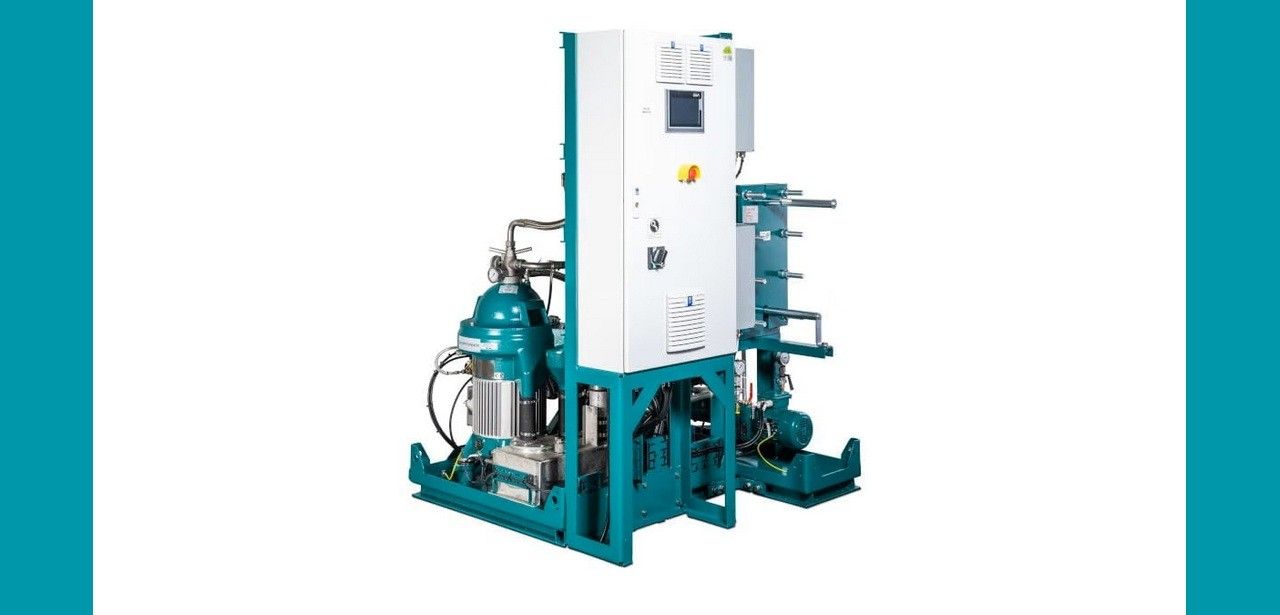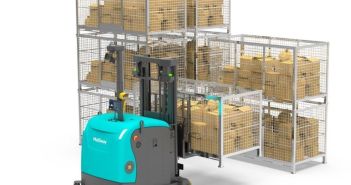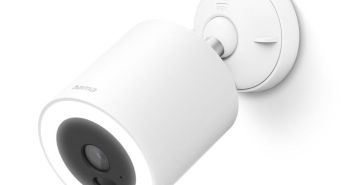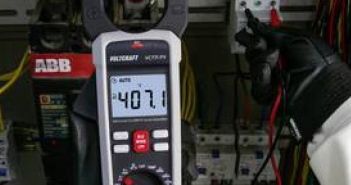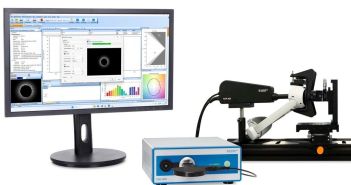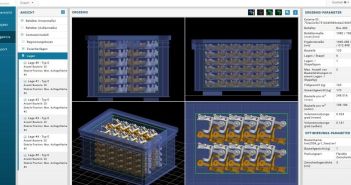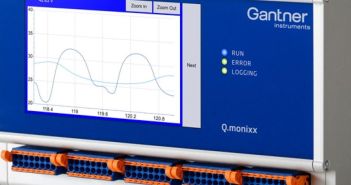GEA’s innovative bilge Separator is designed specifically for the characteristics of biofuels, effectively removing water and impurities to ensure optimal performance and minimal engine wear. With its integrated direct drive design, it offers maximum efficiency with minimal space requirements. The GEA biofuel Separator meets the fuel requirements of ISO 8217:2017 and can be operated with various types of biofuels. Its service concept ensures long lifespan and system reliability.
Table of Contents: What awaits you in this article
GEA Introduces Biofuel Separator for Sustainable Shipping Industry
The GEA biofuel Separator is specifically designed to effectively clean biofuels such as HVO and FAME, which are used as alternatives to conventional diesel engines in the shipping industry. By efficiently removing water and impurities, this separator ensures optimal performance and minimal engine wear, thus reducing greenhouse gas and sulfur emissions. It meets the fuel requirements of ISO 8217:2017 and can operate with various types of biofuels, making it an essential component for achieving decarbonization goals in the sector.
The innovative GEA biofuel Separator is specifically designed to cater to the properties of biofuels, effectively removing water and impurities. This separator meets the fuel requirements of ISO 8217:2017 and can operate with various types of biofuels. Its integrated direct drive design ensures maximum efficiency while occupying minimal space. The service concept of the GEA biofuel Separator ensures a long lifespan and reliable performance of the system.
GEA Separators with Digital Connectivity for Remote Maintenance and Monitoring
The GEA separators are equipped with digital connectivity features that enable remote maintenance and monitoring of cleaning processes. This allows for proactive maintenance and minimizes downtime. Additionally, older separator generations like OTC, OSD, and OSE separators can be made compatible with the properties of biofuels.
GEA introduces high-performance AGR modules based on NOx Separator concept
The GEA NOx Separator is a high-performance solution for treating exhaust gases in marine applications. Based on the proven GEA NOx Separator concept, this new model with direct drive meets strict environmental regulations and the requirements of ship operators. It has a maximum capacity of 10,000 l/h, making it suitable for engines with high power output. With its efficient design and reliable performance, the GEA NOx Separator ensures effective reduction of nitrogen oxide emissions, contributing to a cleaner and more sustainable maritime industry.
The GEA bilgEGR Solution is a combined EGR/OBW system that effectively reduces the costs associated with the disposal of AGR wastewater and bilge water. Through careful design and control, this system ensures separate handling of the drainage, as approved and certified by the DNV. Both the EGR wastewater and the bilge water undergo separate treatment processes before being discharged into the sea.
GEA bilge Separator: Innovative Heat Recovery Technology for Energy Efficiency
The GEA bilge Separator incorporates an innovative heat recovery function, showcasing GEA’s commitment to sustainability. Equipped with a built-in plate heat exchanger (PHE) offering various options for steam, hot water, and electricity, the separator can save up to 80% of heating energy. Instead of being discharged overboard, the warm, clean water from the separator is used to heat the inlet, resulting in significant energy savings and environmental benefits.
GEA presents groundbreaking solutions for sustainable maritime industry at SMM Hamburg
GEA presents groundbreaking solutions for sustainable shipping at the SMM in Hamburg. From specialized separators for biofuels to innovative systems for treating EGR process water and bilge water, GEA offers products that support the shipping industry in achieving the goals of the 2030 Agenda for Sustainable Development. Through digital connectivity and heat recovery technology, GEA sets new standards in terms of efficiency and environmental protection.


